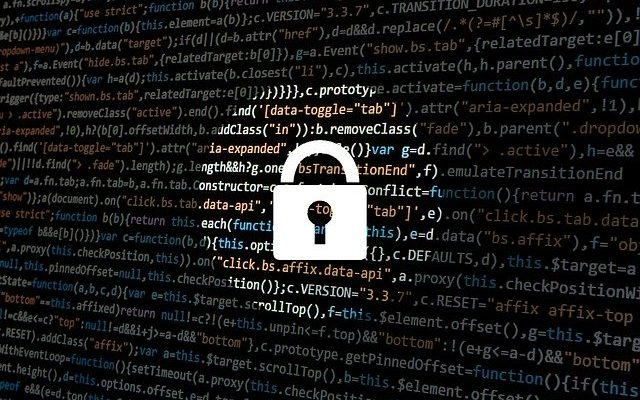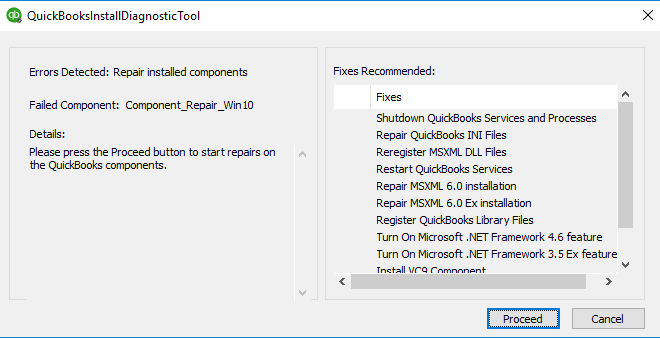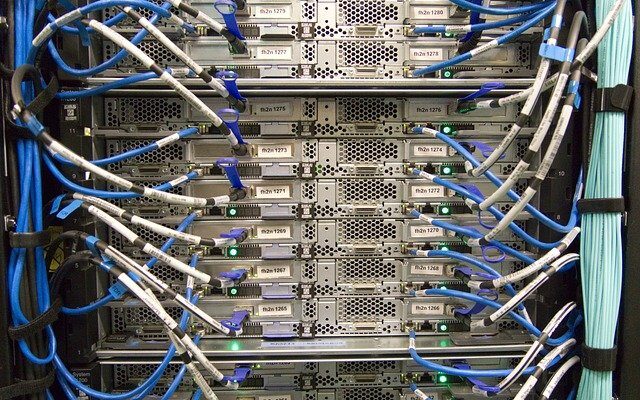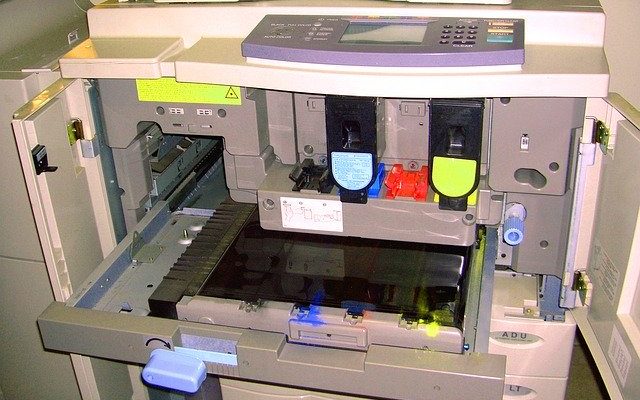How to Ensure Cloud Security

It is believed that security and policy, both are so important that even IT experts wonder if they can implement multi-cloud policies without facing the data breaches. However, from Artificial Intelligence to ML, and rational technology, the cloud market is growing and developing rapidly. And likewise, security concerns are also increasing. Many small businesses are forced to learn this on their own and create all sorts of data security issues. In the past, companies had to hire an IT engineer (or an entire department) who carefully set up a secure network system through local networks, and in many places – even where they were not willing to set up IT businesses. Now with the cloud and different types of cloud services, we can safely command and secure our entire IT industry without having to visit.
Five Main Ways to Protect Data on Cloud
All the same, hacking measures in recent years have raised some concerns about storing your data in the cloud. But in almost all cases it is not as easy as the problem in the cloud. Using clouds is often a problem. Here are five ways to improve the security of your data
Make Sure Your Passwords Are Secure
Many people use passwords that are not secure. They can use their pet’s name in connection with the date of birth or the baby’s name written on it. Or they can use other combinations that seem smart but are easy to guess. Short passwords can be brutally broken, add a list of words to your computer and let it experiment with word combinations. Longer passwords are harder to crack but also harder to remember. This is a very challenging area of security in the cloud. It is worth looking for interesting information on the web.
In the meantime, keep passwords as long as you want, as much as possible and irrelevant to your life. If you want something better than a password, you can use passphrases instead. They usually have 20-30 characters and are usually harder to break than keywords. While this should be significant, don’t try to use your date of birth or username. With password management software, you can remember multiple logins and create strong passwords.
Use Multifactor Identification
In addition to the username and password required to log in, some software solutions offer multiple authentications. This type of solution is also called two-step authentication, two-step verification, depending on the method used. This means that in addition to the usual login, you must specify another component to verify your identity. It can be a special code created by a special application, service, or device, or something distinctive, such as a fingerprint or voice. This reduces the risk of accessing your account if your password is compromised.
Take Advantage of Connecting and Tracking Web Activity
Some cloud applications provide additional information about using your system. Review and use the additional security services they offer – all the precautions you take are important. For example, some network services may display information about the last connection to their service. If you notice that this is from an incorrect or suspicious place, report it to the appropriate person. Remember that such tools are provided as a service – they are available to you.
Use Anti-Malware (Also Known As Antivirus Software)
Malware can attack your computer, laptop, tablet, or smartphone and do something malicious, such as stealing your data. This usually means that the user of the device has clicked on a link or attachment in an email or visited an insecure website. If you have a link or attachment that you don’t know or don’t trust, don’t click it. When malware enters your computer, it can store your username, password, or credit card information and send it to hackers. Or one could quietly take control of your computer and use it to attack other devices.
Malicious software is designed to be hidden so you can’t accidentally spot it. Be sure to use anti-malware on your phone, laptop, desktop and tablet. Always make sure your anti-malware and other software are up to date. Be sure to take the antibody from a trusted person. This is because what can often look like real software is malware. Malware is one of the easiest ways for hackers to gain access to your device, so it’s important to take it seriously.
Be Aware Of Identity Theft or Other Hacking Techniques
Hacking can be created by hackers, not just computers. For example, imagine a phone call: “Hi, this is Mary from IT. We are updating your software, but it appears that your password has changed since then and we are unable to update it. What is your new password?” – This type of hacks is known as social – engineering. Another method of hacking is called “identity theft” and is done via email. Sometimes an email contains links that a hacker wants you to click on. Without Cloud security certifications and training, your employees can provide important information by phone or email.
Therefore it is crucial and critical that employees must have basic training and certifications as well. In all these cases, the cloud is not a problem. The same attacks could be carried out on internally stored data. In fact, the risk would be even higher, as theft could also be a problem. Stealing data from a full USB drive or laptop is easier than stealing data from the cloud. The problem is usually the use of technology.
Cloud Security Depends On Your Approach
Storing data in the cloud can be more secure than storing data in your home. There is less risk of loss or theft, more flexibility and the ability to recover quickly from a disaster. But nothing can be completely safe on its own. How something is used affects its safety. For example, you would not leave your car unlocked downtown at night. Take cloud security seriously as follows:
- Use sensitive passwords
- Protect your computer from malware
- Train your staff to identify risks and phishing attacks
- Have sensitive data security and confidentiality policy
- Comply with all data storage laws
Keep in mind that nothing is always 100% secure, so you need to take proper precautions to protect your data in the cloud. By following the steps in this guide, you can make your data more secure in the cloud.











